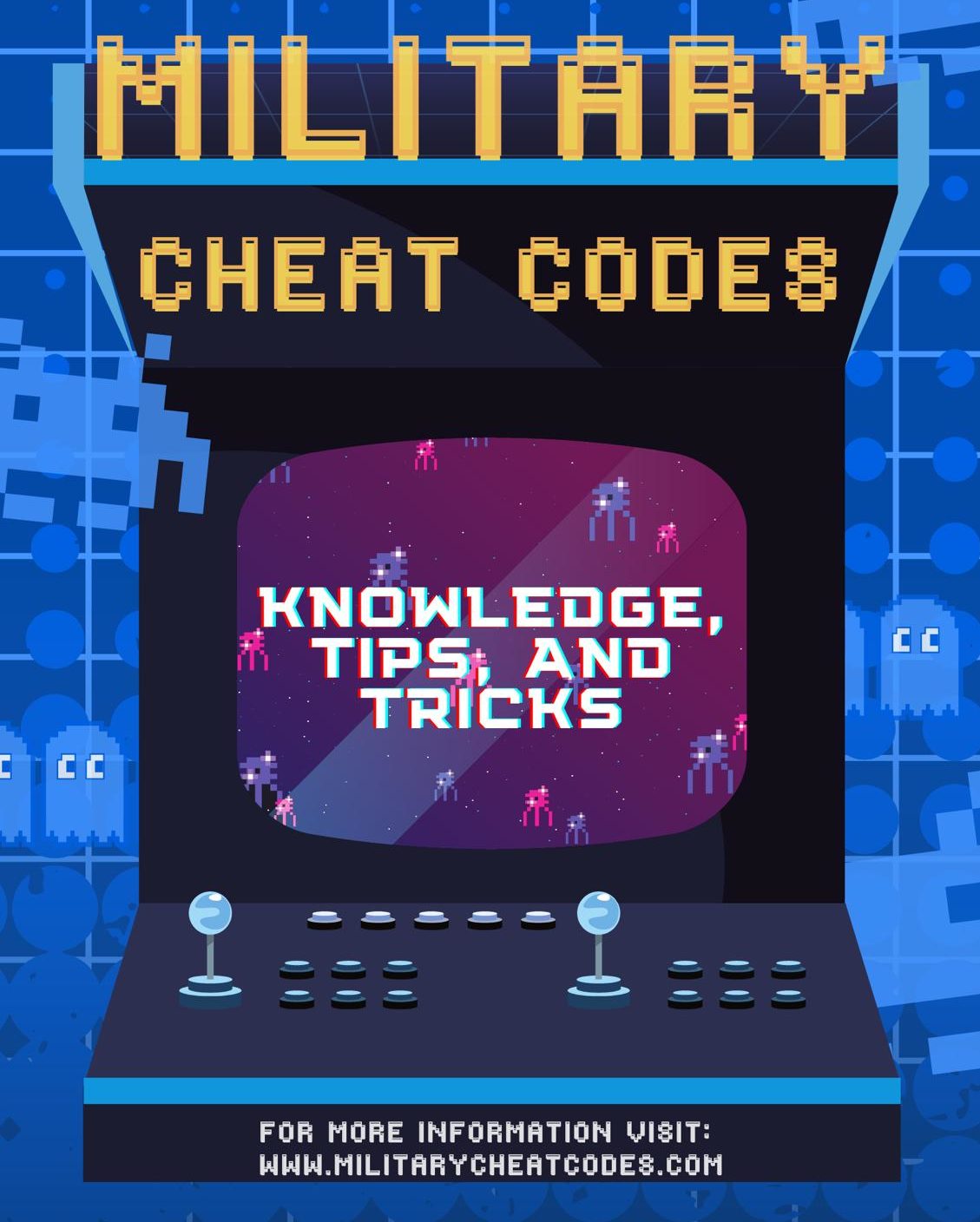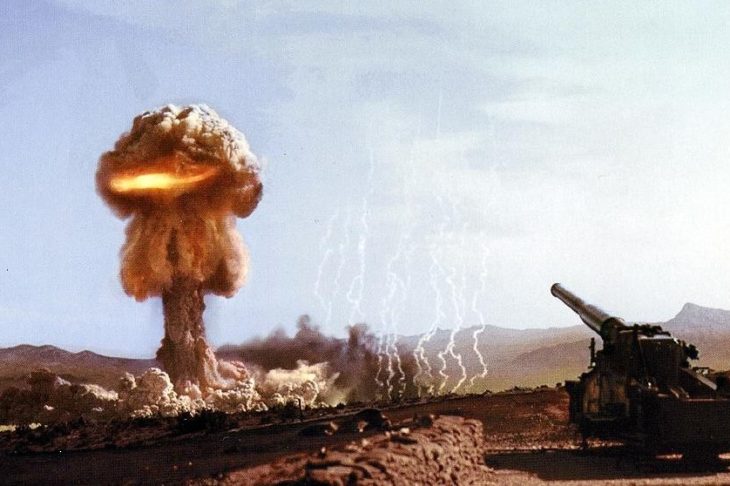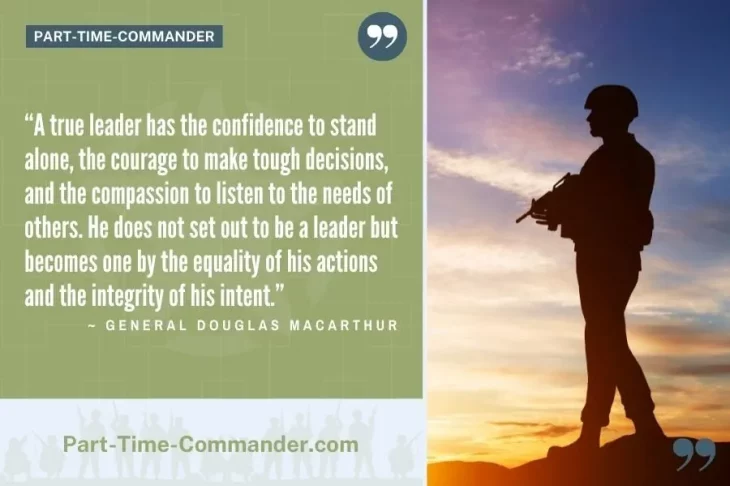Go For the Long Shot: More Successful Than You Realize
As a First Sergeant in the US Air Force I am asked to give advice on a near daily basis. If I had to put a percentage on it, around 80% of the time, it is in reaction to some kind of event or problem. When Pred asked me to write an essay for Military Cheat Codes, I jumped at the opportunity as it gave me the chance to offer some proactive advice so that I could help enhance a career, and not just fix a problem. With that offer on the table, Pred asked me to write about… What is your most important recommendation and why to those serving in the military?
My response to that question is… “Go for the long shots, because they end up being successful more often than you think”.
So what exactly is a “long shot” in this context? It’s an action that brings a significant positive benefit but one has a low chance of achieving. In a sense, it’s a way to cultivate the ability to take bold risks. The magic about long shots is that they are often more obtainable and the expected successes are larger than you think.
However one of the difficulties with long shots is that they often accompanied with failures dotted along the way. The challenge then, is how to persevere through the failures and emerge on the back end with a successful long shot. If long shots are so difficult, why do we even bother with them?
One reason is that long shots help contribute to turning points in history: One famous long shot in US history is the Manhattan Project, which was the development of the world’s first nuclear weapon. Long shots frequently incur some kind of cost and the Manhattan Project was no exception. The cost of this program, using 2020 inflation-adjusted dollars cost approximately $20 billion or roughly 1% of the US’s Gross Domestic Product in the 1940s. What drove the cost for this long shot so high? One factor was the technology required to enrich uranium, to turn it into fuel for a nuclear weapon. The Project discovered three ways to create this fuel: gaseous diffusion, liquid thermal diffusion, and electromagnetic seperation. However in the beginning the scientists were not sure which process would actually work and in the mad dash to create a nuclear weapon before the Axis powers did, the Project used all three methods to create the uranium-235 for Fat Man and Little Boy. Ultimately this long shot paid off, with atomic weaponry forcing the Empire of Japan to the negotiation table and ended World War II.
Much like the Manhattan Project, long shots in our lives can be significant turning points but we must also be willing to accept that these shots come with a cost. In the military, these costs are less likely to be fiscally related but are more often paid with “time” or passing on opportunities for the pursuit of the longer goal.
“Go for the long shots, because they end up being successful more often than you think”.
For example, it’s very hard to promote as a First Sergeant. While many shirts do promote to Senior Master Sergeant, it’s only after they’ve completed the four year tour and taken the diamond off. In this case, one has to deal with the opportunity cost of having a lower promotion chance for four years, to have a much higher promotion chance once their tour is done. For many of us, it can be a struggle to stick with a goal for a week or even a month but some of these long shots are literal years in the making.
Now, why is going for long shots my most important advice for military members? I think we’re losing our appetite to take appropriate risks and this has signficant repercussions in our lives in the long run. This brings to mind a quote from Konstantin Tsiolkovsky, one of founding fathers of astronautics: “The earth is the cradle of the mind, but one cannot live in a cradle forever.” Said another way, it is our destiny to expand our boundaries; we are not meant to stay in one place. In Tsiolkovsky’s quote, that boundary is physical in that we need to reach beyond the earth’s atmosphere. When it comes to long shots, that boundary is largely mental and that we need to grow out of our conventional way of thinking.
So, why do we need to outgrow that way of thinking? The problem with conventional thinking is that using it also gives you conventional results. In the context of an Air Force career, conventional results will get you promoted on time and maybe even a unit award or two. However when it comes to highly-competetive items like Senior Airman Below-The-Zone (15% of SrA), “Must Promote” on a performance report (5% of unit eligibles) or making it to Chief Master Sergeant (1% of the Air Force), conventional thinking is going to leave a person falling short of these goals.
If we know what a long shot is, and why it’s important to reach for them then the final (and most important) question is, how do we actually go for that long shot? The answer to that is surprisingly simple: start small, start now, and don’t let the fear of failure stop you from taking action on your long shot. A little secret: every person fears failure and that fear never fully goes away, but you can get used to it so that fear does not hold power over you. In fact, you can use that fear to force yourself to prepare and hone your edge. It is that edge that can be the deciding factor towards success.
If all of this seems too hard to do, remember one thing: You’ve already successfully completed a long shot by joining the military! Less than 1% of US adults serve in the armed forces and yet here you are. Think about the difficulty of changing from a civilian to a service member and what you had to do to get to this point. The skills needed to excel during that transformation are still within you, and ready to be used again. Take aim, be brave, and leave the cradle!

Shiny Rock
A 20 year Active Duty First Sergeant, Shiny Rock spent most of his career as a Nuclear Weapons Maintainer also known to their enemies as a 2W2.


